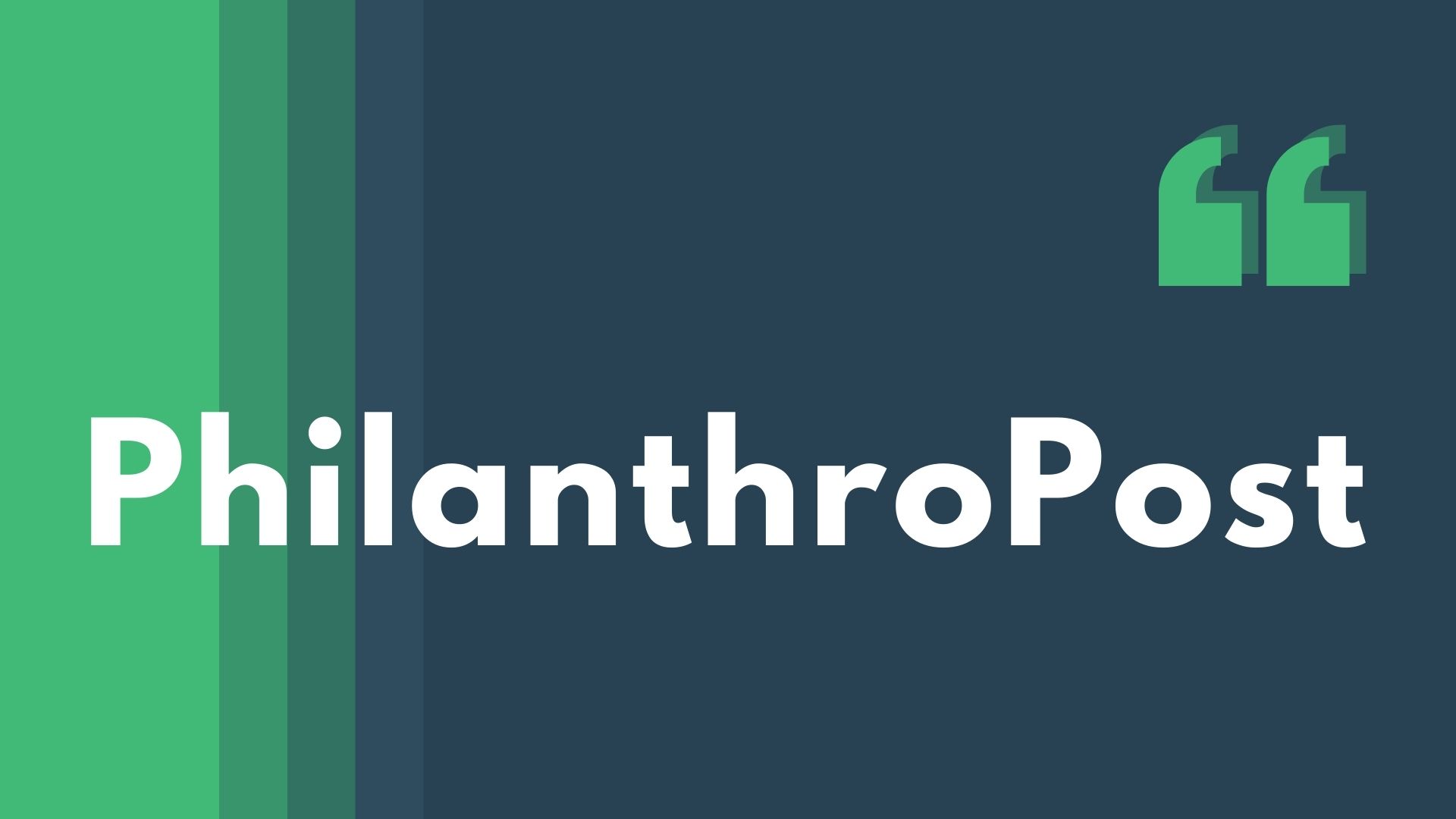
Philanthropy
Engage in purposeful and purpose-filled giving.
I’m interested in philanthropy. Where do I start?
I’m a seasoned donor. How do I ensure my giving has impact?
How can Moneta help me manage my charitable resources?
We’ve worked with families, foundations, trusts and corporations across the country to facilitate thoughtful charitable giving practices. Our strategic guidance, tactical advice, and dedicated, personal attention help you to exercise effective stewardship and drive meaningful nonprofit engagement.
Let’s have a conversation that considers your “why.”
We’ll reflect on your giving history, current philanthropic engagement, legacy interests, and values. Then, together, we’ll identify actions that are aligned with your goals.

Unique to Moneta
Moneta’s Chief Philanthropy Officer, Deborah (Deb) Dubin is a champion of established and emerging best practices in philanthropy, including trust-based, inclusive, and equitable grant-making. She works alongside Moneta’s financial advisors to help clients and their families consider their “why,” and then fosters engagement in thoughtfully structured, strategic, and impactful giving and activities aligned with clients’ personal values. She is an enthusiastic proponent of purpose-filled living and purposeful giving.
Learn more about Moneta’s own robust philanthropic commitments:
A Wealth of Information
DIVE INTO THE LATEST INSIGHTS About Philanthropy and Community Impact
-

Disaster Philanthropy: Taking a Long-Haul Approach
By Deb Dubin, Chief Philanthropy Officer We often share information with clients who are looking to respond to contemporaneous natural…
-

Evaluating Nonprofits
By Deb Dubin, Chief Philanthropy Officer I’m often asked for the best place to look for unbiased, honest evaluations of…
-

How Much to Give?
Charitably inclined clients often ask their financial advisors: what percentage of my assets should I be giving away each year? …